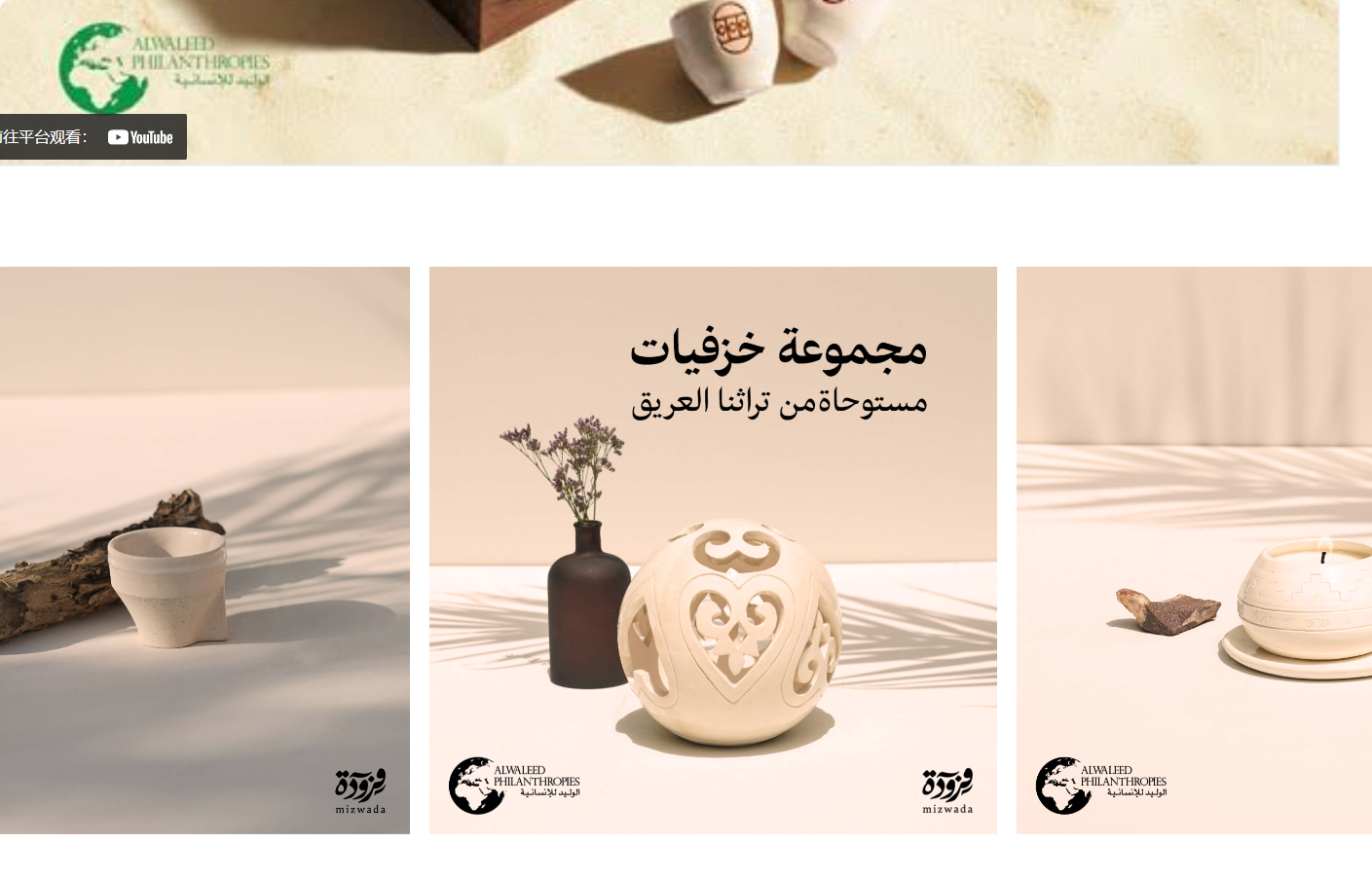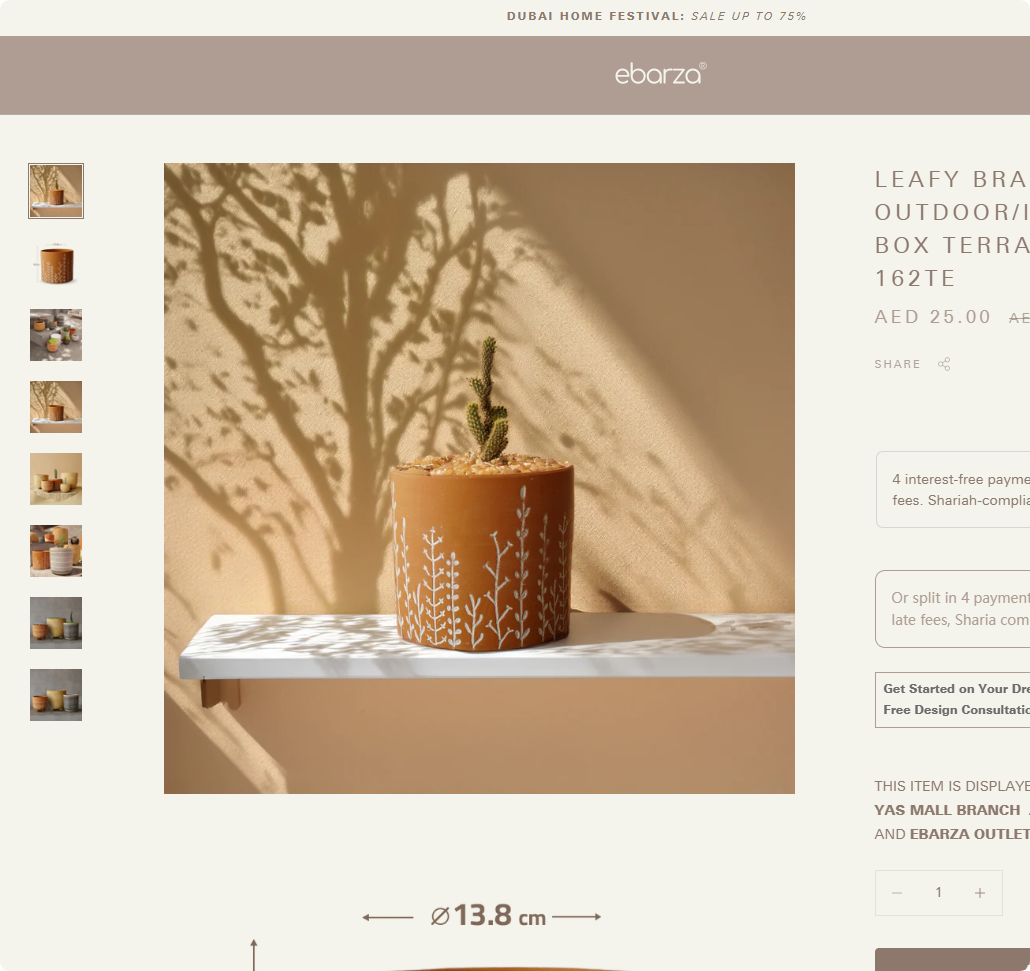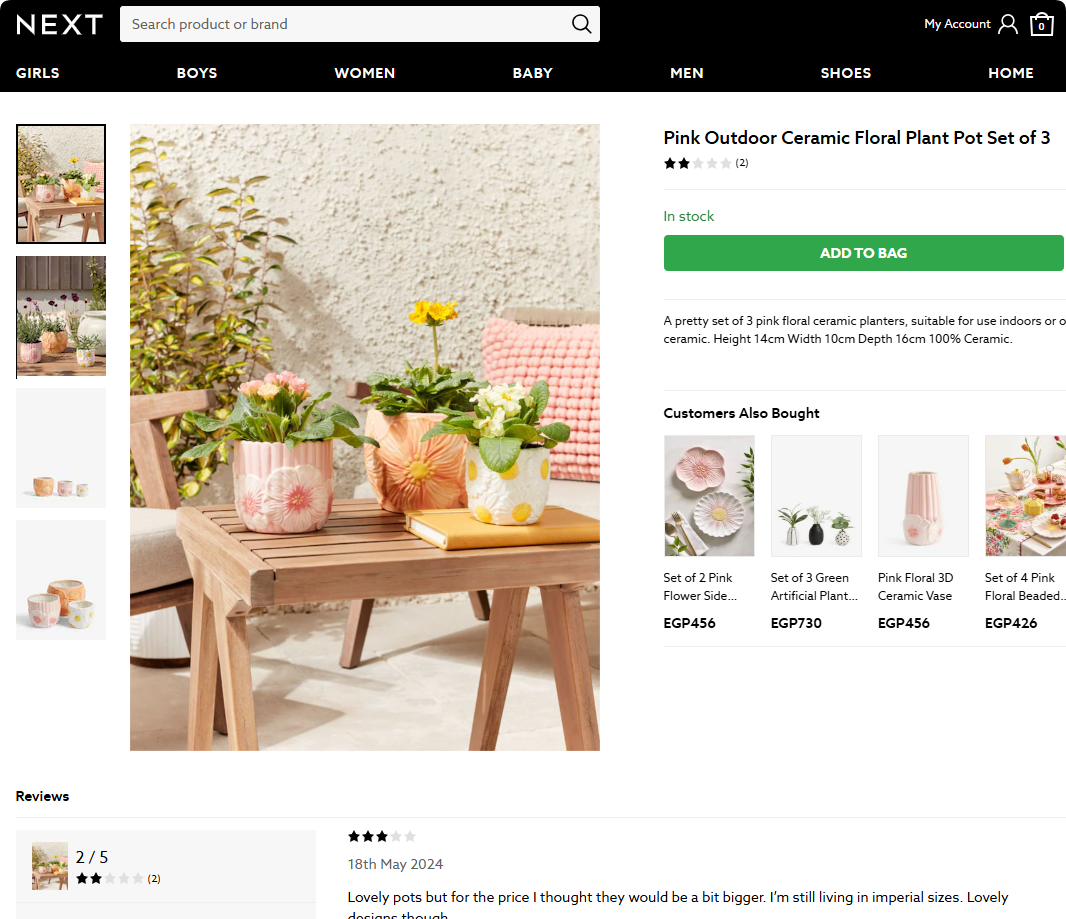The Middle Eastern market has been a growing hub for the ceramic industry, especially for home and garden décor products like ceramic pots. The region’s strong cultural heritage, high urbanization rate, and unique climatic conditions make ceramic pots a preferred choice for both residential and commercial use. This article delves into the demand for ceramic pots in the Middle East, factors driving this demand, and highlights leading ceramic pot brands from the region.
The Middle Eastern Market: A Booming Opportunity for Ceramic Pots
The Middle East is one of the world’s fastest-growing markets for home and garden décor, and ceramic pots are a key element of this growth. The region’s demand for high-quality ceramic products is influenced by several factors, including climate, culture, and shifting consumer preferences towards luxury and sustainability.
Cultural and Environmental Factors Driving Demand
The demand for ceramic pots in the Middle East is rooted in both cultural traditions and the environment:
- Cultural Affinity for Gardening: Many Middle Eastern countries have a long-standing tradition of gardening, with plants symbolizing beauty, peace, and prosperity. Whether it is the greenery of a private villa or the decorative plants in public spaces, ceramic pots are considered both functional and aesthetic, often used to house ornamental plants such as palm trees, cacti, and flowering shrubs.
- Climate Considerations: The hot, arid climate of the region requires materials that can withstand extreme temperatures and direct sunlight. Ceramic pots, known for their insulating properties, help regulate the temperature of the soil, preventing it from overheating. This makes them an ideal choice for gardening in such a harsh climate.
- Urbanization and Green Spaces: As cities like Dubai, Abu Dhabi, Riyadh, and Doha continue to expand, the importance of green spaces has been emphasized. Many urban developments, including residential areas, office spaces, and public parks, now feature integrated gardens and landscapes, driving the demand for ceramic pots for indoor and outdoor use.
Market Trends in Ceramic Pots in the Middle East
Key Trends to Watch
- Indoor Gardening Surge: With the region’s high temperatures and limited outdoor space in urban areas, indoor gardening has gained popularity. Ceramic pots are a favorite among consumers looking to add greenery to their homes, offices, and public spaces.
- Traditional and Modern Design Preferences: The Middle East is witnessing a blend of traditional and modern design influences. Hand-painted ceramics with traditional Middle Eastern motifs are still highly sought after, while sleek, minimalist designs are gaining traction among younger urban dwellers.
- Sustainability Focus: With growing concerns over environmental impact, there is a rise in demand for eco-friendly ceramic pots. Consumers are looking for sustainable and recyclable options, prompting manufacturers to focus on eco-conscious production processes.
- Luxury Market Growth: The luxury home décor market in the Middle East is booming, with high-income consumers in countries like the UAE and Qatar willing to invest in premium ceramic pots. These pots are often intricately designed, with high-end finishes and unique craftsmanship.
Leading Ceramic Pot Brands in the Middle East
Several local and international brands have capitalized on the demand for ceramic pots in the Middle East. These brands offer a wide range of products that cater to both the traditional and modern needs of the market. Below are five notable ceramic pot brands that are popular in the region:
| Brand | Country | Specialty | Product Features |
|---|---|---|---|
| Ferm Living | Denmark | Scandinavian-inspired design | Minimalist, contemporary styles, eco-friendly materials |
| Alwaleed Philanthropies | Saudi Arabia | Traditional Middle Eastern ceramics | Intricate patterns, hand-painted designs |
| NEXT | Egypt | Handmade ceramic pots with cultural motifs | Traditional designs, vibrant colors, decorative elements |
| Ebarza | UAE | Outdoor and indoor ceramic pots | Large outdoor pots, durable, weather-resistant |
| Jovanna Pottery | Lebanon | Luxury ceramic designs for high-end homes and businesses | High-end finishes, exclusive limited-edition pots |
These brands have successfully captured the growing demand for ceramic pots in the Middle Eastern market by understanding local preferences and offering unique, high-quality products.
The Role of Ceramic Pots in Middle Eastern Gardens
Gardening in the Middle East is much more than a hobby; it’s an essential part of the culture, representing beauty, tranquility, and even spirituality. Ceramic pots have become an integral element of the region’s gardens, both public and private.
In public spaces, such as parks, shopping malls, and hotels, large ceramic pots are often used to make a statement. These pots house ornamental plants, creating a contrast between the desert landscape and the lush greenery. In cities like Dubai, where greenery is a luxury in the desert, these pots contribute significantly to beautifying urban spaces.
At the residential level, the use of ceramic pots is common in villas and apartments, both indoors and outdoors. In the UAE, Qatar, and Saudi Arabia, for instance, ceramic pots are often placed in gardens, terraces, balconies, and courtyards, creating visually pleasing landscapes. Many homeowners opt for ceramic pots because they are durable, versatile, and capable of withstanding extreme weather conditions.
Challenges and Considerations for Manufacturers
Despite the growing demand, manufacturers must consider various challenges when entering the Middle Eastern market:
1. Climate and Durability
The harsh climate in the Middle East poses a challenge for ceramic pots. Extreme temperatures can cause pots to crack if not properly designed. Therefore, manufacturers must ensure that their pots are made with high-quality clay and have been tested to withstand high heat and UV exposure.
2. Shipping and Logistics
Due to the geographical distance between the Middle East and manufacturing hubs in Asia, logistics can be a significant challenge. Ceramic pots are often fragile, so shipping must be handled with care to prevent breakage. Manufacturers need to work with reliable shipping partners to ensure safe and timely deliveries.
3. Cultural Sensitivities
Understanding local culture and preferences is key to success in the Middle Eastern market. Consumers in the region have strong preferences for certain colors, patterns, and designs, often reflecting traditional values. Manufacturers who can customize their ceramic pots to incorporate local cultural elements will have a competitive edge.
Conclusion
The demand for ceramic pots in the Middle East is growing steadily, driven by factors such as urbanization, a love for greenery, and a deep cultural connection with gardening. The market presents a lucrative opportunity for manufacturers, especially those who can offer high-quality products that meet the region’s unique demands.
To succeed in this market, manufacturers must focus on producing durable, aesthetically pleasing ceramic pots that cater to both traditional and modern tastes. Furthermore, understanding the region’s climate and cultural preferences will help manufacturers effectively adapt their products for Middle Eastern consumers.
For manufacturers looking to enter the Middle Eastern market, Hale provides OEM and ODM services for a wide range of high-quality ceramic products, including pots, vases, and home décor items. With our expertise in crafting beautiful, durable ceramics, we are ready to serve clients across the Middle East and beyond.
About Hale
Hale is a renowned ceramic manufacturer based in China, specializing in the production of high-quality ceramic garden pots, vases, and home décor items. We offer both OEM and ODM services, catering to global buyers in the home and garden sector. Our commitment to innovation, sustainability, and craftsmanship ensures that we provide premium products that meet the diverse needs of the Middle Eastern market.




